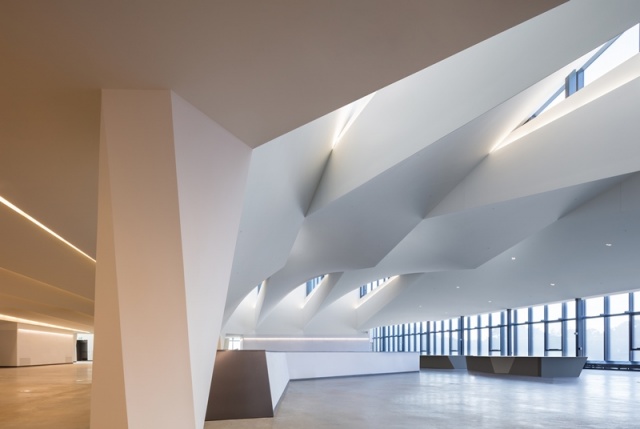The rifts in global politics and the resulting disputes are causing many people to leave their homes. The resulting refugees pose a challenging conundrum for the global community. One the one hand, the massive humanitarian crisis is impossible to overlook and ignore. On the other hand, the countries that are facing the brunt of the problem are those in the immediate vicinity of the conflict areas, and often themselves do lack sufficient resources and infrastructure for their own citizens. In such a scenario, turning away the refugees are seen as controversial, but yet supporting them is too costly. Even with the increase in charitable funding from various organisations and increased individual donations, no amount of money seems to be enough to sufficiently address the gravity of the situation.
In the face of such a conundrum, many designers and architects are turning to their craft in order to make the most of the resources available in order to benefit the most people. Among such architects is 50-year old Mohamed Hamdoun, who has been working on various commercial projects for more than two decades. This project was, as he describes it, ‘his duty towards humanity’. Hamdoun had volunteered to work with a non-profit working to look for ways to improve the conditions for the refugees. A key issue identified by Hamdoun and his design team was lack of resources, lack of education and lack of any other recreative amenities. His design was small groups of multi-use buildings built with simple and local materials. Since the resources are severely limited, multi-use buildings allow for any resources spent towards construction to be utilised to their maximum. The buildings are fairly large with the option of setting up benches near the peripheries. Thus, it can be used as a school during the morning. The arrangement of the desks near the walls allows an open space in the middle. This setting is ideal for a vocational training program. Also, the use of local labour for construction of the buildings is expected to provide opportunities for employment and construction training for the refugees. After classes, the same space can be used for other activities such as distributing aid materials. The desk setup from the classroom can be used for setting up temporary administrative offices. If any devices such as a projector are available as a teaching aid, the same can be used for office use or convert the room into a makeshift movie screening hall for the evening or weekends. The buildings are to be arranged in a group of 6 so as to provide a fairly spacious opening in the middle of them. The open area can be a gathering spot for community events or meetings. This pattern of 6 buildings also makes it so that it can be easily scaled to a sprawling village.
An initial pilot implementation of the concept was built and is already in use by MSF in one of its camps. Meanwhile, Hamdoun and his team continue to monitor the effectiveness of the project and the feedback from its users. So far the response has been positive and this presents an interesting way to maximise the limited resources allocated to deal with the problem.



